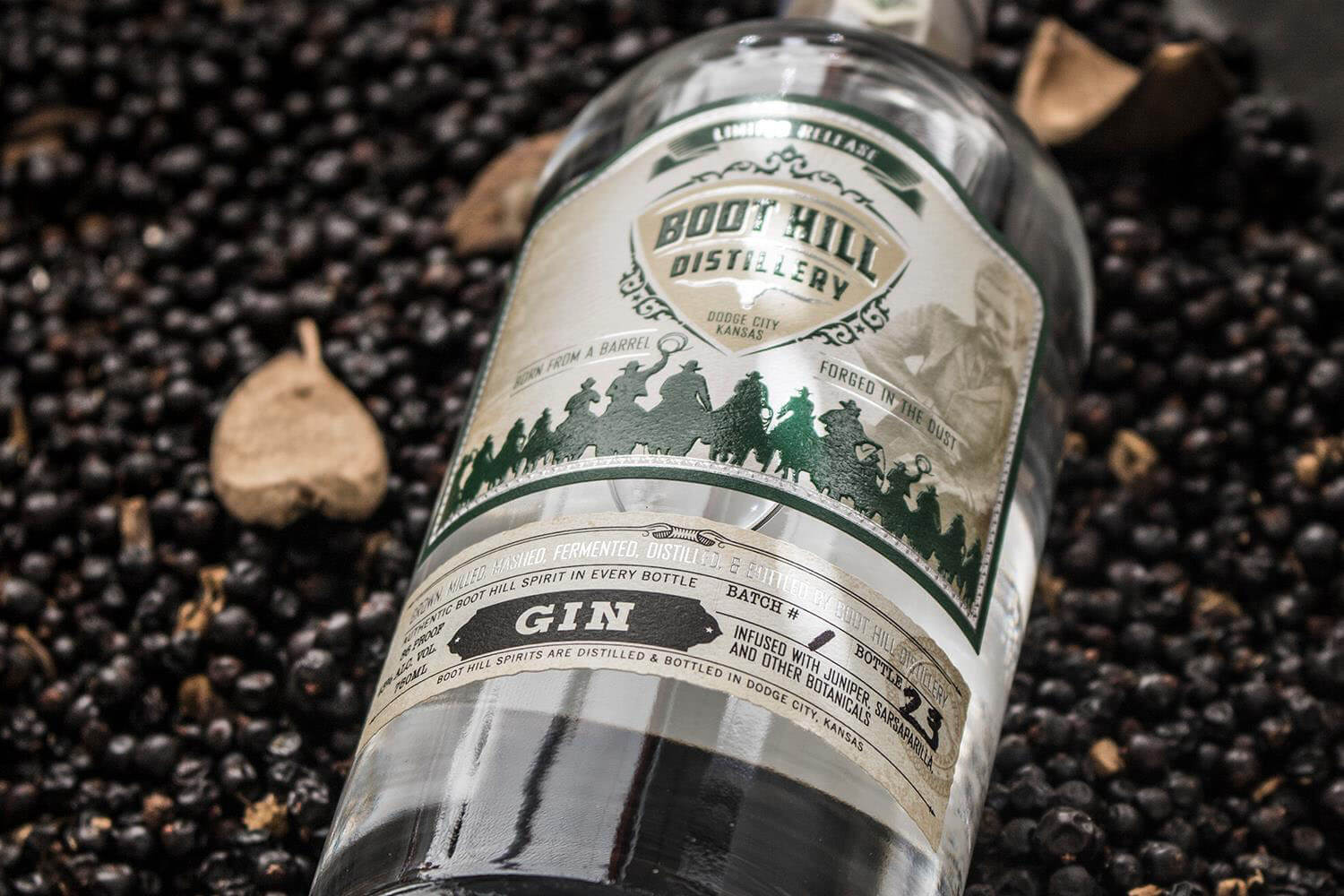One thing I’ve learned about Kansas and Kansas drinkers is that we don’t like gin. There is very little middle ground here, no gray areas. Opinions are strong and there's an overriding consensus: gin stinks.
Now, this is not an opinion I share. I happen to enjoy gin. I had crappy gin at one time and it didn’t totally put me off. Like any spirit, it can be seasonal, but its versatility can’t be ignored and the possibilities within the category itself are limitless.
The OriGin Story
Before I go any further, let’s talk about what gin is. It has its roots in 16th Century European culture with the Danes and later the English first creating a Genever spirit, more based on whiskey than what we know today. The latter is where gin gets its stuffy reputation (more on that later). Most commonly gin was distilled using berries from the juniper tree. This is what gives gin its distinctive pine needle or “lawn clipping” flavor.
At its base, gin is flavored vodka or neutral grain spirit. All gin starts off as high proof ethanol with a neutral flavor profile. The flavors are then infused into the spirit in several different ways. In our case, the botanicals are bonded to the spirit in the distilling process itself. This is where the process gets interesting.

Gin is produced all over the world. The combinations of flavors infused into the spirit can be endless. Regional botanicals, herbs, spices can come into play, creating a flavor profile completely unique to the region in which it is produced. However the one botanical that all gin must have is juniper; what is infused or distilled into the spirit beyond that is entirely up to the distillery producing it.
Juniper is the polarizing flavor though, as mentioned above; it is what produces the pine needle flavor, which is universally loved or loathed about the spirit. For centuries, the English have produced predominantly juniper-forward spirits, also known as the London Dry style of gins. It is also through no coincidence that the most predominant names in gin available are of the London Dry style. These would include, but are not limited to, Tanqueray, Bombay Sapphire, or Beefeater brands. All of these use a high amount of juniper berries and lower amounts of citrus or other flavorings.
In the state of Kansas, the above named brands are primarily what is found on liquor store shelves and on bar backs.
How About A Little ImaGination?
Take it from Aladdin; there is a whole new world of gins out there. Because most are regional, small batch, or emerging brands, and due to the fact that gin mostly collects dust on shelves, some retailers are hesitant to carry anything other than the most common brands. Sadly, this is a disservice to gin and gin drinkers. See the problem? Since only one type is offered, the general drinking public hasn’t been (and doesn’t want to be) exposed.
Now, I am by no means blaming the retailers; I am blaming the big brands as a whole. At one time these mainstream brands were the hugely popular brands, which is another reason that gin got the reputation of being “grandma’s liquor”. The landscape has changed. With new and innovative distilleries creating out-of-the-box flavors, the playing field is wide-open and infinite. Two factors are slowing their progress: the perceived stuffiness of gin itself and the fact that the now large gin brands are using all their marketing dollars to continue to promote a single style.
When folks come to Boot Hill Distillery and take the tour — my tour specifically — I always like to take a poll of who does and doesn’t like gin. The likers are, unsurprisingly, in the minority. However, I try to throw those preconceived notions out of the window. At least get our guests to at least give our gin a shot. And you know what happens? Most of the time, they are pleasantly surprised. There are layers of flavor and nuances in our gin. Those flavors expand over the palet, almost in the order I describe. By the time the last flavors linger, they have almost emerged as a new person. Okay, that’s a little extreme, but they have perhaps discovered a liking or at least a new appreciation for a spirit once tossed in the back of the liquor cabinet to collect dust (thanks Karen for leaving your crappy gin at our house, no one likes you or it anyway.) Okay — that, too, was a little much.
My point simply is this: give gin a try or a second look. Not the big brands, but ask for your local, regional, or perhaps a gin you’ve never heard of. Of course, always ask for Boot Hill Gin, sure. No matter what you try, you have taken the first step of a nearly endless journey. Then, try barrel-aged gins, but that’s another topic for another time.


